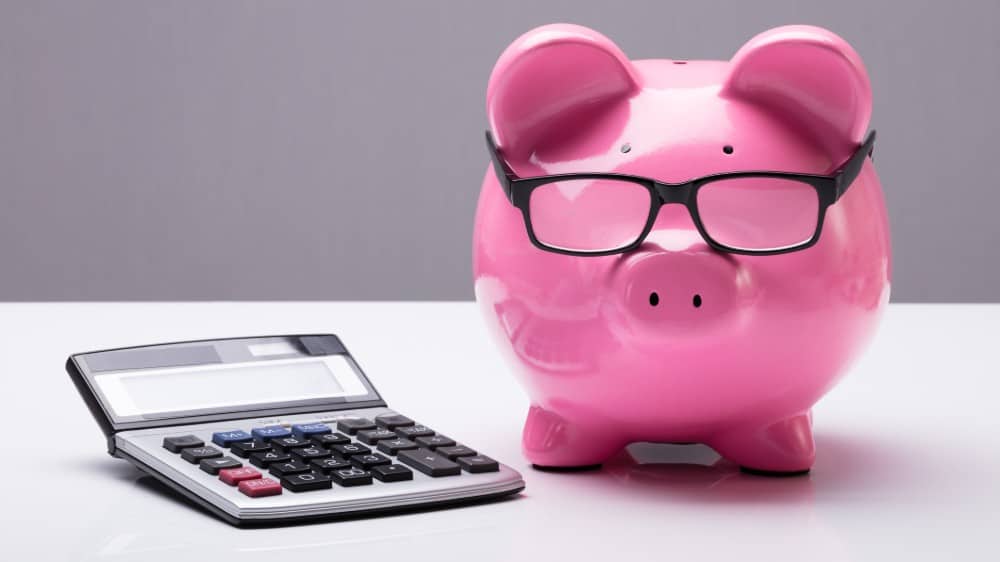While a TFSA is an awesome savings vehicle, it comes with rules. Not knowing them or ignoring them can wash away the TFSA’s advantages. You’ll find below important rules that you should respect to profit the most from your TFSA.
Contribution rules
The maximum amount you can contribute annually to your TFSA is currently $6,000. This number is called your TFSA contribution room. Fortunately, the total amount you contribute is cumulative. This means that any unused contribution room will be carried over from one year to the next.
The actual amount you can add to your TFSA will increase each year, whether you deposit money or not. If the amount of money in your TFSA increases due to the growth of your investments or interest earned on savings, it doesn’t count towards your annual contribution. The Canadian government only limits how much money you put in your TFSA.
If you don’t have a TFSA, you could contribute a total of $69,500 tax-free, as long as you were eligible and at least 18 years old in 2009 — the year the TFSA was created. If you already have a TFSA and have never withdrawn money, you can continue adding money to your account until you reach your TFSA limit. And if you’ve withdrawn money from your TFSA in the past, don’t worry, you’ll have that room back, but not until the following year.
At any time during a calendar year, if you contribute more than your TFSA contribution room, you will be officially over-contributing to your TFSA and you will be subject to a tax equal to 1% of the highest excess TFSA amount in the month, for each month the excess remains in your account.
Investment rules
In most cases, anything that is allowed in an RRSP can be put into a TFSA. This includes cash, mutual funds, securities listed on a designated stock exchange, guaranteed investment certificates, bonds, and certain small businesses shares.
Securities that trade only on OTC markets are not allowed within a TFSA. You could have to pay penalties and be subject to additional tax reporting requirements if you hold these securities in a TFSA.
You can contribute foreign funds, but they will be converted into Canadian dollars, which cannot exceed your TFSA contribution room.
Depending on the type of investment held in your TFSA, you may experience a loss on your initial investment. Any loss in a TFSA is not considered a withdrawal and is therefore not part of your TFSA contribution room. Losses you incur in your TFSA are not tax-deductible.
If you hold foreign investments that pay dividends, those dividends will be subject to a non-resident withholding tax (NRT) that reduces the amount you actually earn.
For example, if you own shares of a U.S. stock like Coca-Cola, a 15% tax will be withdrawn from the dividend. You might prefer to hold that kind of investment in an RRSP, as they won’t be subject to an NRT there. A Canadian stock that pays dividends, such as Toronto-Dominion Bank, won’t be subject to any tax, so it’s preferable to buy Canadian dividend stocks in your TFSA.
Trading rules
If you’d like to do day trading or trade frequently, don’t do it in your TFSA. The government might consider your trading activity as a business and you will have to pay income tax.
The Canada Revenue Agency (CRA) audits taxpayers who actively trade in their TFSA.
The CRA takes a number of factors into account when determining whether or not a TFSA is subject to income tax. These include the duration of the holdings, the frequency of the trades, the nature and quantity of the securities, the time spent on the activity, and your intention to hold investments to resell them for a profit.




